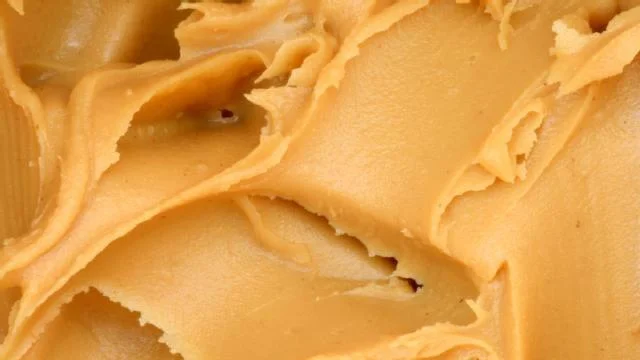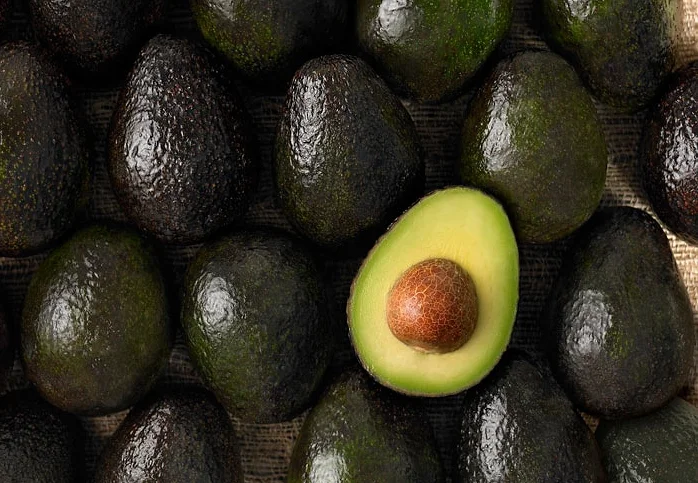Peanuts: In a Nutshell

Peanuts: In a Nutshell
Father's Day is Sunday, so we’re thinking that this weekend might be perfect for swings, zoos, ball games…and a Peanuts-comic-inspired snack of peanuts. Before you head outside, read on to learn more about those lil’ goober peas and plan to raise your snacking game!
The Current Pickle
Peanuts are big business in the US–we’re a net exporter (we grow more than we need); the exports alone in 2016 totaled $839 billion--most going to China, Canada, and Mexico. They left home in the form of blanched, in-shell, processed, kernels, or peanut butter (more about PB next week!). Interestingly, China grows more than six times as many peanuts as the US (and more than any other country in the world); many of those peanuts get turned into their popular cooking oil, peanut oil.
Meanwhile, back in America, we’ve got a lot goin’ on with our own peanuts: shelled peanuts in our trail mixes, at the bar, or on a plane (thank Southwest for the mile-high peanut placement!); in-shell peanuts at ball games (but be careful eating the shells!) and Five Guys (speculation is they serve Sachs); the occasional pb&j or ants-on-a-log making use of peanut butter, and maybe a boiled peanut or bowlful if we’re from the South. But how do we know what to reach for when we’re faced with a peanut prospect?
- Feel confident that peanuts are healthy, just like their more expensive friends in the nut aisle. Even though they aren’t nuts (see below👇), peanuts are great in small quantities; per our friends at Harvard: “those who regularly ate peanuts and other nuts were substantially less likely to have died of any cause—particularly heart disease—over the study period than those who rarely ate nuts.” Snack on!
- Your go-to for everyday snacking should be unsalted dry-roasted. They’re lower in sodium, higher in folate and vitamin E (acts as an antioxidant), and manganese (good for bone development).
- Buy peanuts in the US, which has high standards for testing for a possible mold, aflatoxin, that can contaminate peanuts if they’re stored for too long in big silos. Important to buy from a trusted producer, since aflatoxin can potentially cause liver cancer. Exercise caution while traveling!
- If you buy raw (unblanched, unroasted) peanuts, like the adorbs little Spanish cultivar (more on those below👇), be sure to keep them in the fridge and toss the peanuts at any appearance of mold!
- Don’t pick packing peanuts, even though they may be edible! (And turn peanut shells into packing peanuts instead!)
So is all that goober growth good or bad for the environment? We’ve heard rumblings about almonds needing a lot of water to grow (more about that in a future Pickle!)–so is it the same for peanuts? Nope. They take very little blue + grey water (technical moment here: water is categorized as blue, grey, or green. The blue + grey designate runoff and pollutant-moving water respectively).
And while we’re on the enviro-topic, we’d be remiss not to mention how awesome peanuts are at growing long roots which release nitrogen into the soil(this is good!) and keep the health of the soil at an A+, meaning less erosion and greater productivity without fertilizers. Farmed organically (meaning no additional fertilizers), this soil health assessment from growing peanuts is GREAT news for our planet.
What’s the Dillio with Peanuts Not Being a Nut?
Peanut is a compound word (cue flashbacks to chalkboards and number two pencils). The origin of the name has a long history, and other names would have probs made more sense: you might still think of it as a goober pea or get a goober cake for your birthday this year; you might also hear them referred to as groundnuts or earthnuts. So what are they?
(Please turn on your speakers and let Burl Ives and Johnny Cash supply your background music for the rest of this newsletter).
Peanuts are a member of the grain legume family, like peas. Legumes are plants grown for their seeds (like chickpeas! and beans! and lentils! oh my).
There are four main subgroups (called cultivars) of peanuts grown in America, though there exist thousands of peanut cultivars worldwide. The four main groups you’re likely familiar with are:
- Virginia: These are larger peanuts increasing in popularity due to demand for large peanuts for processing, particularly for salting, confections, and roasting in the shells. These are your cocktail nuts!
- Runner: Food manufacturers’ use runners in peanut butter and salted nuts since they have better roasting characteristics and higher yields. US production is 80% runners! (check out this fascinating tale about 40 runner seeds being locked away that turned into 15 million peanuts being harvested in 2016!)
- Spanish: Higher oil content than other types of peanuts, and are grown primarily in New Mexico, Oklahoma, and Texas. These are the tiny reddish guys eaten raw or in peanut snacks or candies.
- Valencia: Commercial farms in Texas and New Mexico grow these long, sweet, and slender babies. But like a lotta good foods, it’s the small scale farms elsewhere in the South that can achieve the delicate and deliciously flavored Valencias used for boiled peanuts.
The Hot Pickle
Wow your friends with mention of Bartholomew Richard Fitzgerald-Smyth, an English gentleman born in 1914. Yup, that’s Mr. Peanut. He’s had 14 outfit changes in over 100 years, and has taught us a lot about how peanuts grow, and what to do when “hunger broadcasts” without verbalizing a thing!
Speaking of watching peanuts grow (they are actually embryos, after all), if you’re looking for some SFW vids, it’s absolutely fascinating to watch how peanuts are harvested. If that leaves you hungry for more, check out Spruell Farms’ beautiful drone footage!
If you’re feeling kinda plant-bitious, you can actually grow your own (put a few peanut seeds in soil and they're ready in four months). And Rodale’s has more hot tips if that isn’t working perfectly. If you get into peanut planting, don’t forget to send us pics and stories about your nut legume baby!











